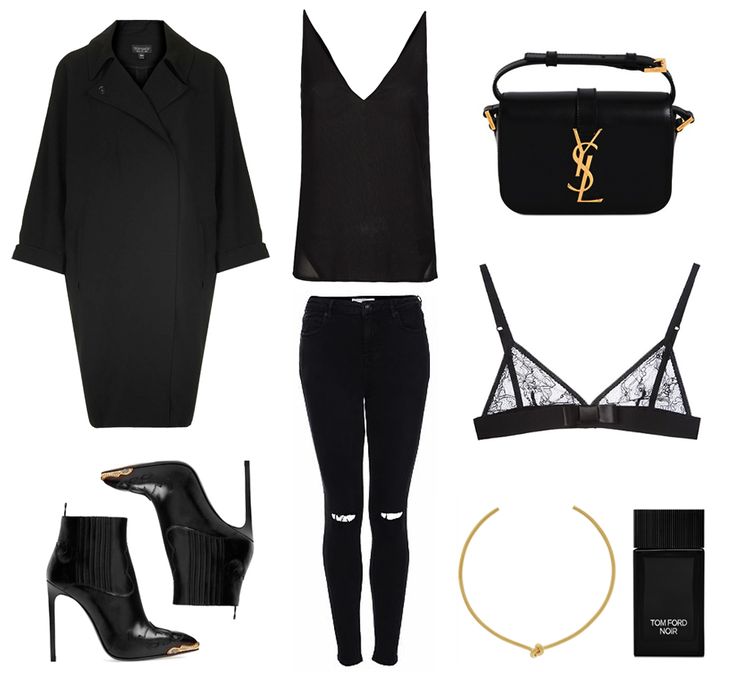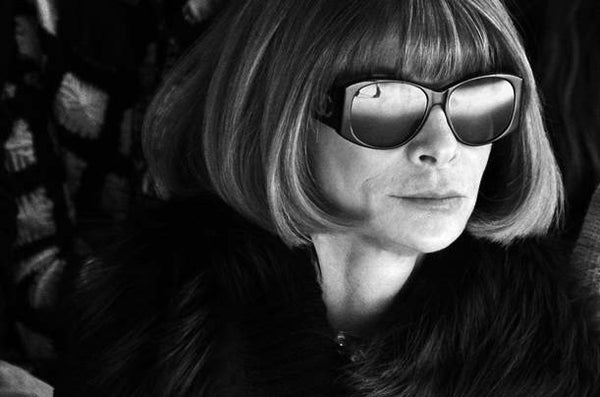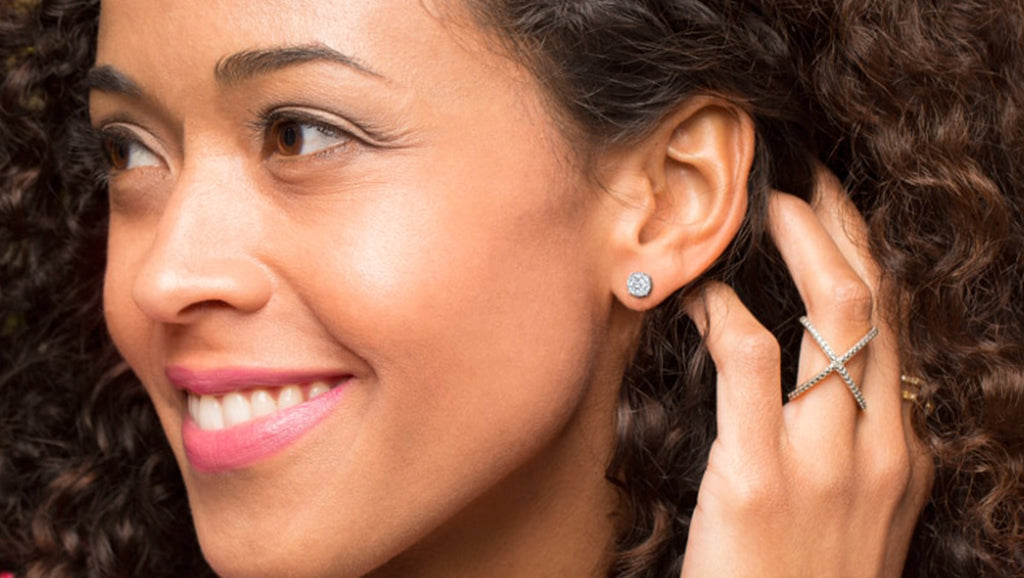
Paris, France. The city of chic where real Parisienne walk the streets in all black ensembles, hair stylishly disheveled, bags nonchalantly slung over arms. This is what French je ne se quoi looks like—distinctive and effortless. There is no formula to speak of. If anything, there is vibe, attitude, mood that is to be understood and later imbibed. To embrace this fashion code, is to embrace a revolutionary lifestyle and philosophy.
To an outsider, the city of chic is background to the most fashionable parade of blacks. A Parisian will tell you that they only ever wear black. If you see someone wearing color, chances are, they are from elsewhere. Apart from black being a classic, practical and versatile hue, its history dates back to the Victorian and Georgian eras.
"To embrace this fashion code, is to embrace a revolutionary lifestyle and philosophy."
Back then women only ever wore black in public when they were in mourning. Either that, or they belonged to a lower class. That was pre war, a time when couturiers like Elsa Schiaparelli prescribed bright color, rich texture and intricate pattern as couture requisite. Anything less than opulent was not fashion, as far as the Italian-born visionary was concerned.
You cannot talk Schiaparelli without mentioning Mademoiselle Coco Chanel. The latter whom would later become the couturier’s arch nemesis. Chanel also happened to be the women who changed women’s fashion. It began when she introduced the little black dress done in crepe de Chine. It established a revolutionary tone, totally opposite to what couturiers of that time were doing. Her loose silhouettes, functional designs and use of practical fabrics indicated a break from tradition. It also celebrated women’s emancipation, suggesting that the women en mode is will choose sensible articles of clothing over frill. It also helped that this came at a time when economic crisis (aka Depression Era) called for more somber style choices.
 Fashion Icon: Coco Chanel in black, of course.
Fashion Icon: Coco Chanel in black, of course.
Her idea of fashion was not immediately welcomed especially by an industry that believed in the adage that “more is more.” Vogue, of course, was on point when the fashion bible decided it was time to place a simple black sheath on its cover in 1926. They declared Chanel’s black pieces as “uniform for women of taste.” This later led to the redefinition of French fashion as austere, understated and simple.
"They declared Chanel’s black pieces as “uniform for women of taste.”
The rest of the world followed suit. Soon after, Christian Dior recreated the little black dress to follow his New Look characterized by a full skirt and cinched waist. By the time Hubert de Givenchy dressed Audrey Hepburn Breakfast At Tiffany’s, the LBD had reached iconic status.
 Nothing like an all black ensemble for Anna Wintour.
Nothing like an all black ensemble for Anna Wintour.
Several incarnations had been made since then. Play in fabric, silhouette and cut reflected that times, while still subscribing to the hue that once only belonged to the mourning. Opinion makers in fashion offer several tips on wearing black that women from all walks of life are eager to embrace season after season. Vogue’s irreverent Anna Wintour offers that she will never anything that is all black, but will add a dash of color through accessories, jewelry or a beautiful pair of shoes. Fashion darling Nina Garcia suggests that when searching for the elusive LBD, writes “price is immaterial… it will be there time after time.”
Every so often a fashion trend report will declare that black is back. And while the phrase is familiar and perpetually catchy, it is not quite as accurate. It never left. It is enduring—a staple, a classic. Always relevant and forever evolving with the times as you will see in this season’s collection of LBD from #NOBASIC.


 Fashion Icon: Coco Chanel in black, of course.
Fashion Icon: Coco Chanel in black, of course.
 Nothing like an all black ensemble for Anna Wintour.
Nothing like an all black ensemble for Anna Wintour.







